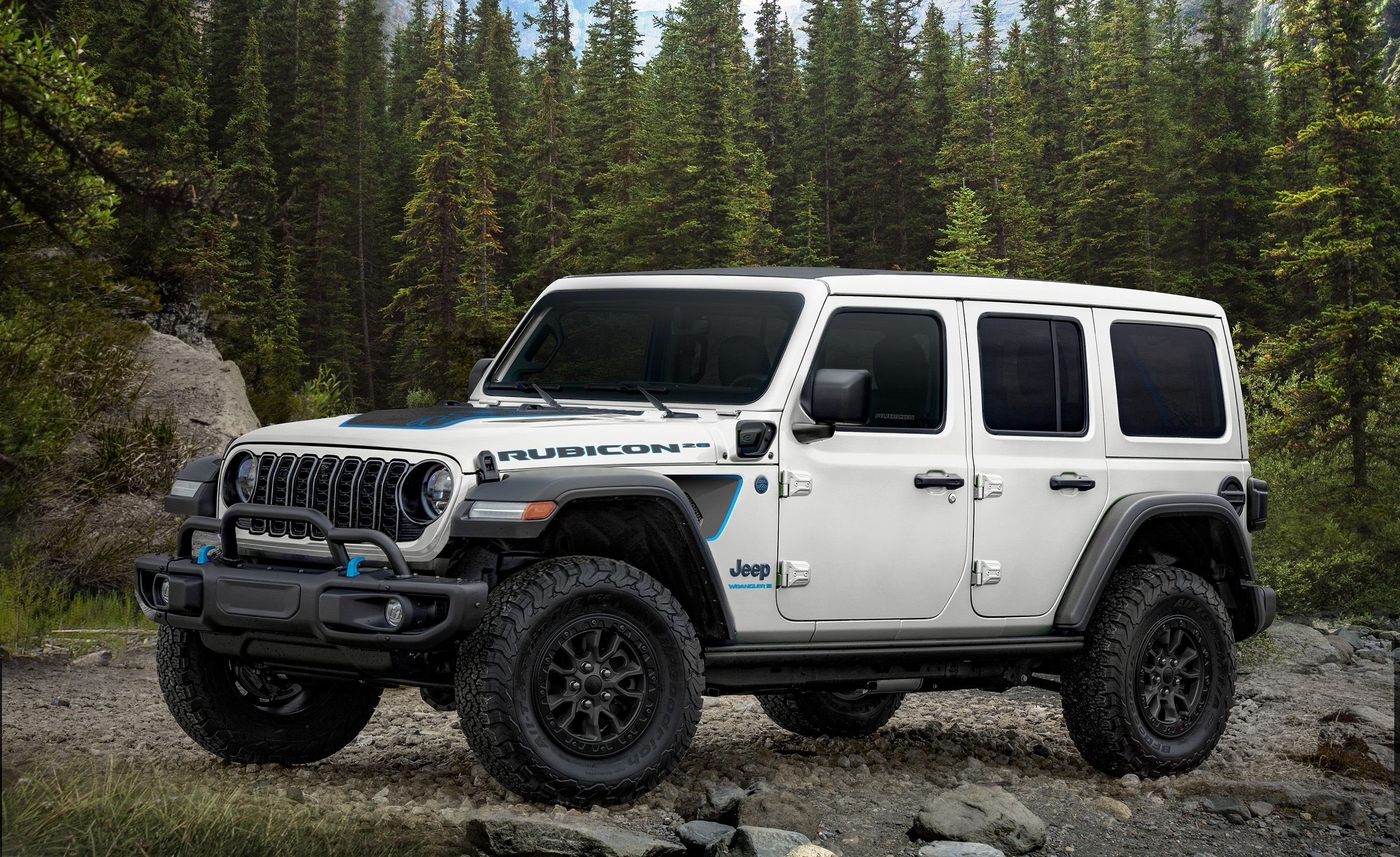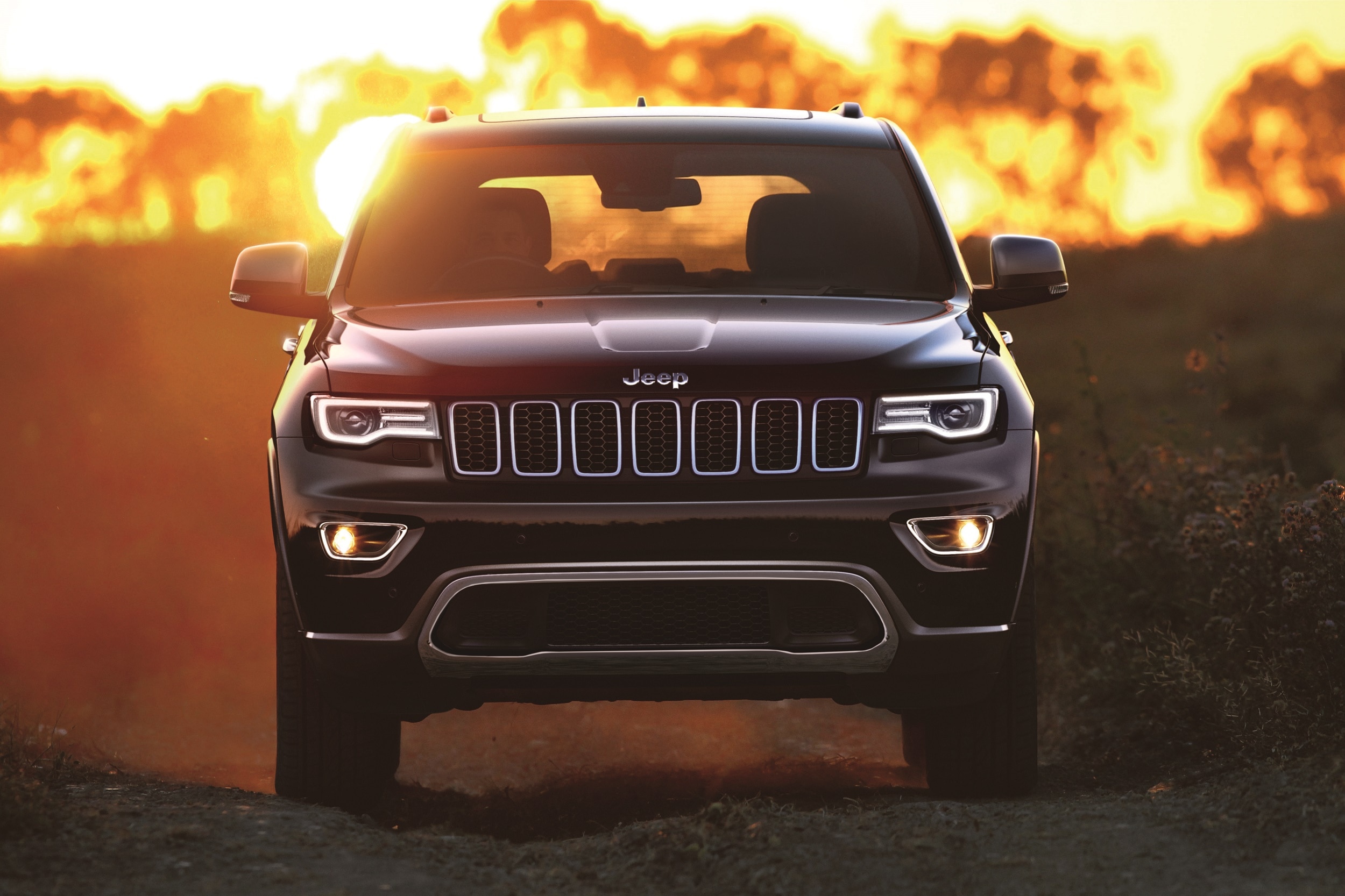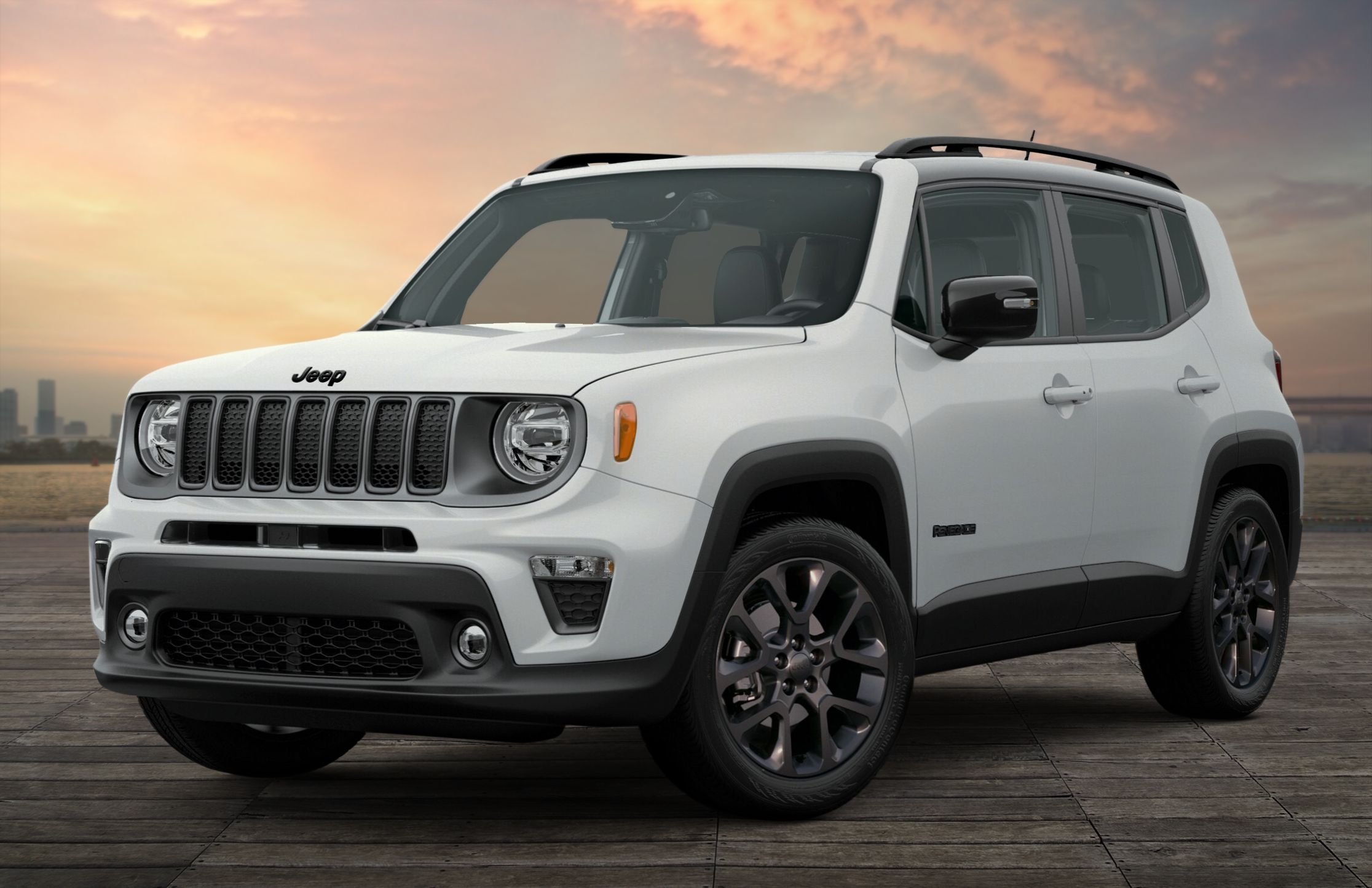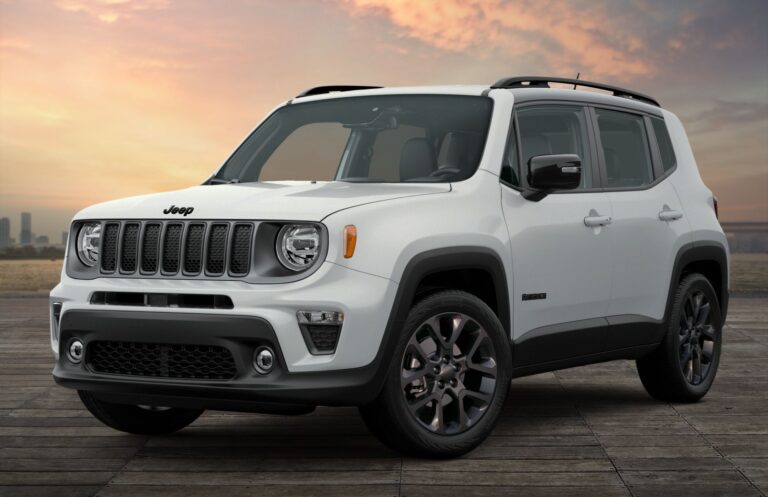Jeep Grand Wagoneer For Sale: A Comprehensive Buyer’s Guide
Jeep Grand Wagoneer For Sale: A Comprehensive Buyer’s Guide /jeeps.truckstrend.com
The name "Jeep Grand Wagoneer" conjures images of timeless American luxury, rugged capability, and a pioneering spirit that reshaped the automotive landscape. From its iconic wood-paneled predecessors to its modern, opulent reincarnation, the Grand Wagoneer has always represented a unique blend of prestige and practicality. For enthusiasts, collectors, or families seeking a premium full-size SUV, finding a Jeep Grand Wagoneer for sale is an exciting prospect, offering a chance to own a piece of automotive history or embrace the pinnacle of contemporary American luxury.
This comprehensive guide is designed to navigate the diverse market of Jeep Grand Wagoneer for sale, providing essential insights, practical advice, and actionable steps whether you’re eyeing a meticulously restored classic or a brand-new, technology-laden marvel.
Jeep Grand Wagoneer For Sale: A Comprehensive Buyer’s Guide
The Enduring Legacy: Why the Grand Wagoneer?
The Jeep Grand Wagoneer’s story is one of innovation and enduring appeal. Introduced in 1963 as the Wagoneer, it essentially invented the luxury SUV segment, offering four-wheel drive capability alongside car-like comfort and upscale features. The "Grand Wagoneer" moniker, adopted in the 1980s, solidified its status as the pinnacle of the line, celebrated for its distinctive exterior woodgrain trim, spacious interiors, and robust V8 powertrains. Its production run lasted until 1991, leaving an indelible mark on automotive design and popular culture.
Fast forward to 2021, and Jeep revived the Grand Wagoneer nameplate, positioning it as an ultra-premium, full-size SUV designed to compete with the world’s most luxurious vehicles. The modern Grand Wagoneer (WS series) pays homage to its heritage while delivering state-of-the-art technology, unparalleled comfort, and formidable performance. This duality means that "Jeep Grand Wagoneer for sale" can refer to two distinct, yet equally desirable, types of vehicles, each offering a unique ownership experience.
Navigating the Market: Classic vs. Modern Grand Wagoneer
The first crucial decision when searching for a Jeep Grand Wagoneer for sale is whether your heart belongs to the vintage charm of the original or the cutting-edge luxury of the new model.
1. Classic Grand Wagoneer (SJ Series, 1984-1991)
Appeal: The classic Grand Wagoneer is a bona fide collector’s item and a rolling piece of Americana. Its iconic wood paneling, comfortable bench seats, and robust, albeit sometimes quirky, mechanicals offer a unique driving experience. Owning one is a statement, a nod to a simpler yet luxurious era. It appeals to those who appreciate mechanical simplicity (relative to modern vehicles), vintage aesthetics, and the satisfaction of preserving an automotive icon.
Considerations:

- Condition is Paramount: Rust, especially in the rocker panels, tailgate, and frame, is a common issue. Thoroughly inspect the chassis, body, and undercarriage.
- Mechanical Reliability: While the AMC V8 engines (360 cu in) are generally robust, they require consistent maintenance. Look for evidence of regular servicing. Carburetor issues, vacuum leaks, and electrical gremlins are common.
- Restoration Costs: Unless you find a fully restored example, anticipate significant investment in mechanical overhauls, interior refurbishment, and bodywork. Parts availability can be a challenge for certain components, though a thriving aftermarket exists.
- Fuel Economy: Expect single-digit MPG figures.
- Where to Find: Specialist classic car dealerships, online auction sites (e.g., Bring a Trailer, eBay Motors), classic car marketplaces (e.g., Hemmings), and private sellers often found through owner forums and clubs.
2. Modern Grand Wagoneer (WS Series, 2022-Present)
Appeal: The modern Grand Wagoneer redefines American luxury. It boasts a cavernous, sumptuously appointed interior with multiple high-definition screens, premium materials, and seating for up to eight. Powered by potent V8 engines (initially a 6.4L HEMI, later the twin-turbo Hurricane inline-six), it offers impressive performance, towing capability, and advanced driver-assistance systems. It’s a direct competitor to high-end SUVs like the Cadillac Escalade and Mercedes-Benz GLS.
Considerations:

- Price Point: This is a premium vehicle with a premium price tag. While new models command top dollar, certified pre-owned (CPO) options can offer significant savings.
- Trim Levels and Features: The modern Grand Wagoneer comes in Series I, Series II, Series III, and special editions like Obsidian, with increasing levels of luxury and technology. The extended-wheelbase "L" variants offer even more interior space. Understand the differences to match your needs and budget.
- Fuel Economy: While better than the classic, the large engines and heavy curb weight mean fuel consumption remains a factor.
- Depreciation: Like all new vehicles, the modern Grand Wagoneer will experience initial depreciation, making a slightly used model a potentially smart buy.
- Where to Find: Authorized Jeep dealerships (new and CPO), major online car marketplaces (Autotrader, Cars.com, CarGurus), and luxury used car dealerships.
Key Factors When Considering a Purchase
Regardless of whether you choose a classic or modern Grand Wagoneer, certain universal considerations apply:
- Set a Realistic Budget: This includes not just the purchase price, but also insurance, fuel, maintenance, and potential repair/restoration costs. For classics, always factor in a contingency fund.
- Thorough Inspection (Pre-Purchase Inspection – PPI): This is non-negotiable for any used vehicle, especially classics. Hire an independent, qualified mechanic specializing in the specific model (or classic cars in general) to perform a comprehensive inspection. They can identify hidden issues, assess overall condition, and provide an estimate of necessary repairs.
- Mileage and Condition: For modern Grand Wagoneers, lower mileage generally equates to higher value and less wear. For classics, condition and documented maintenance history often outweigh mileage. A high-mileage classic that has been meticulously maintained can be a better buy than a low-mileage "barn find" that needs everything.
- Maintenance History: Demand detailed service records and receipts. This provides crucial insight into how well the vehicle has been cared for and can highlight potential recurring issues.
- Trim Levels and Features:
- Classic: While less varied, look for models with desirable options like power windows, working air conditioning, and a clean interior. "Final Edition" models (1991) are often more sought after.
- Modern: Determine which trim level aligns with your desired features (e.g., McIntosh audio system, advanced driver-assist tech, passenger display screen) and budget.
- Test Drive: Always test drive the vehicle extensively. Pay attention to engine performance, transmission shifts, steering feel, brake response, and any unusual noises or vibrations. Test all features, including HVAC, infotainment, and power accessories.
- Seller Reputation: Buy from reputable dealers or private sellers with a clear title and transparent history. Be wary of deals that seem too good to be true.
The Buying Process: A Step-by-Step Guide
- Define Your Needs: Classic charm or modern luxury? Daily driver or weekend cruiser? What’s your absolute maximum budget?
- Research Thoroughly: Learn about common issues for your chosen model year, typical pricing, and available options. Owner forums and online communities are invaluable resources.
- Locate Potential Vehicles: Utilize online marketplaces, dealership websites, classic car auction sites, and word-of-mouth.
- Initial Contact & Questions: Before seeing the vehicle, ask the seller detailed questions about its history, condition, maintenance records, and reasons for selling. Request additional photos or videos.
- Schedule a Viewing & Test Drive: Evaluate the vehicle in person. If possible, bring a knowledgeable friend or even your mechanic for an initial assessment.
- Arrange for a PPI: If the vehicle passes your initial inspection, schedule a professional PPI. This investment can save you thousands down the line.
- Negotiate the Price: Armed with your research and PPI report, negotiate a fair price. Be prepared to walk away if the deal isn’t right.
- Finalize Paperwork: Ensure all titles, registration, and sales agreements are correctly completed. For new or CPO vehicles, understand the warranty terms.
Potential Challenges and Solutions
For Classic Grand Wagoneers:
- Challenge: Rust and structural integrity.
- Solution: Prioritize vehicles with minimal rust. A thorough PPI is crucial. Budget for professional rust repair if necessary.
- Challenge: Finding skilled mechanics.
- Solution: Seek out shops specializing in vintage American vehicles or Grand Wagoneers specifically. Join owner forums for recommendations.
- Challenge: Parts availability.
- Solution: While some parts are reproduced, others can be scarce. Be prepared to source parts from specialized suppliers, salvage yards, or through owner networks.
For Modern Grand Wagoneers:
- Challenge: High purchase price and rapid initial depreciation.
- Solution: Consider purchasing a certified pre-owned (CPO) model. These vehicles are typically low-mileage, thoroughly inspected by the manufacturer, and come with an extended warranty, offering excellent value.
- Challenge: Fuel consumption.
- Solution: Be aware of the fuel costs. The Hurricane twin-turbo engine offers better efficiency than the HEMI V8, but both are still large SUVs.
- Challenge: Complex electronics and technology.
- Solution: Ensure all electronic systems (infotainment, driver-assist features, screens) are fully functional during your test drive and PPI. Understand the warranty coverage for these components.
Price Table: Jeep Grand Wagoneer For Sale
Prices for a Jeep Grand Wagoneer can vary dramatically based on model year, condition, trim level, mileage, and location. The following table provides estimated ranges as of late 2023/early 2024.
| Category | Model/Trim | Condition/Status | Estimated Price Range (USD) | Notes |
|---|---|---|---|---|
| Classic Grand Wagoneer (SJ, 1984-1991) | Wagoneer/Grand Wagoneer | Parts Car/Poor | $5,000 – $15,000 | Significant rust, non-running, major mechanical issues. Buyer beware. |
| Driver Quality (Good) | $20,000 – $50,000 | Running, presentable, may need minor work, average mileage. | ||
| Excellent/Restored | $60,000 – $150,000+ | Professionally restored, low mileage, concours quality. Top examples. | ||
| Modern Grand Wagoneer (WS, 2022-Present) | Grand Wagoneer Series I | New | $90,000 – $100,000 | Entry-level modern Grand Wagoneer. |
| Used (2022-2023) | $70,000 – $95,000 | Depending on mileage, condition, and options. | ||
| Grand Wagoneer Series II | New | $98,000 – $108,000 | Added features, more luxury. | |
| Used (2022-2023) | $80,000 – $100,000 | Good value for a well-equipped model. | ||
| Grand Wagoneer Series III | New | $108,000 – $115,000+ | Top-tier luxury, most advanced features. | |
| Used (2022-2023) | $90,000 – $110,000+ | Highly sought after, retains value well. | ||
| Grand Wagoneer Obsidian/L | New | $105,000 – $120,000+ | Special editions or extended wheelbase "L" models with more space. | |
| Used (2022-2023) | $90,000 – $115,000+ | Premium features and presence. |
Note: These are estimated ranges. Market conditions, specific vehicle history, optional features, and geographic location can significantly impact actual pricing. Always verify current market values.
Frequently Asked Questions (FAQ)
Q: Is the Grand Wagoneer a good family car?
A: The modern Grand Wagoneer is an excellent family car, offering spacious seating for up to eight, abundant cargo space, and advanced safety features. The classic Grand Wagoneer can serve as a unique family cruiser but lacks modern safety features and requires more dedicated maintenance.
Q: What’s the difference between the Wagoneer and Grand Wagoneer (modern)?
A: The modern Wagoneer is a full-size SUV positioned below the Grand Wagoneer. While both share the same platform, the Grand Wagoneer offers more standard luxury features, higher-grade materials, more advanced technology, and a more powerful standard engine (initially a 6.4L V8 vs. 5.7L V8 in the Wagoneer, now the Hurricane twin-turbo for both, but with different tuning). The Grand Wagoneer also has a distinct exterior styling.
Q: Are classic Grand Wagoneers reliable?
A: They can be, but they require consistent and knowledgeable maintenance. Their older mechanical systems are less complex than modern vehicles but are prone to issues if neglected. Rust is the biggest enemy.
Q: What’s the fuel economy like for a Grand Wagoneer?
A: Neither the classic nor the modern Grand Wagoneer is known for fuel efficiency. The classic typically achieves single-digit MPG. The modern Grand Wagoneer, with its large V8 or powerful twin-turbo engines, also has relatively high fuel consumption, usually in the mid-to-high teens (MPG combined).
Q: Can I get a warranty on a used Grand Wagoneer?
A: For modern Grand Wagoneers, Certified Pre-Owned (CPO) vehicles from Jeep dealerships come with an extended factory warranty. Various third-party extended warranty providers also offer coverage for used vehicles. For classic Grand Wagoneers, factory warranties are long expired, but some specialized classic car insurance policies might offer breakdown coverage.
Q: Where is the best place to buy a classic Grand Wagoneer?
A: For fully restored or well-maintained examples, specialist classic car dealerships and online auction sites like Bring a Trailer or Hemmings tend to have the best selection. For project cars, local classifieds and private sellers are common.
Q: What are common issues with classic Grand Wagoneers?
A: Common issues include rust (especially in rocker panels, tailgate, and quarter panels), carburetor problems, vacuum leaks (affecting HVAC and 4WD engagement), electrical issues (windows, gauges), and worn suspension components.
Conclusion
Whether you’re drawn to the nostalgic charm of the original or the cutting-edge luxury of its modern successor, finding a Jeep Grand Wagoneer for sale is an entry into an exclusive club. Both iterations offer a distinct and compelling ownership experience, embodying a blend of American ruggedness and upscale refinement. By carefully considering your needs, budget, and the specific characteristics of each model, and by diligently following the steps outlined in this guide, you can confidently navigate the market. Owning a Grand Wagoneer is more than just buying a vehicle; it’s investing in a legacy, a lifestyle, and a unique piece of automotive excellence.
![]()



